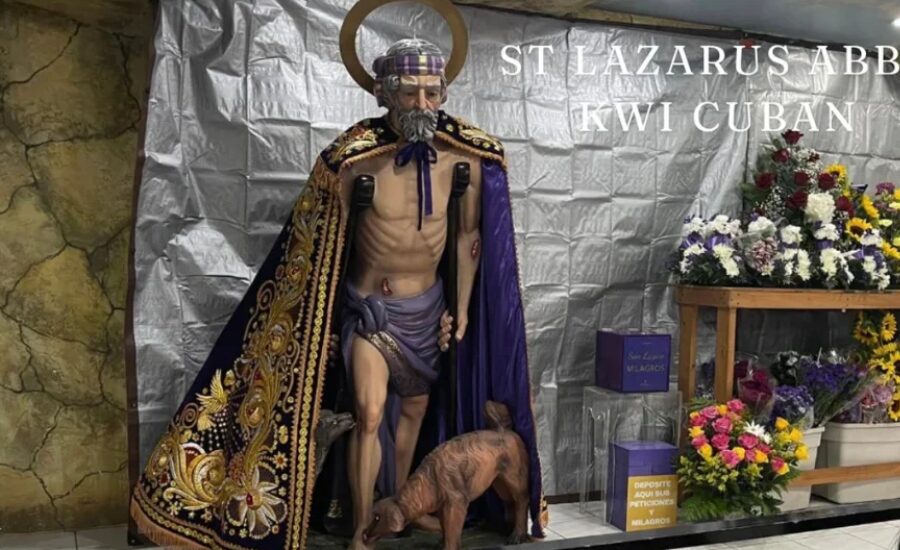St Lazarus Abba Qui Cuban, Presentation, Combination & More
Introduction
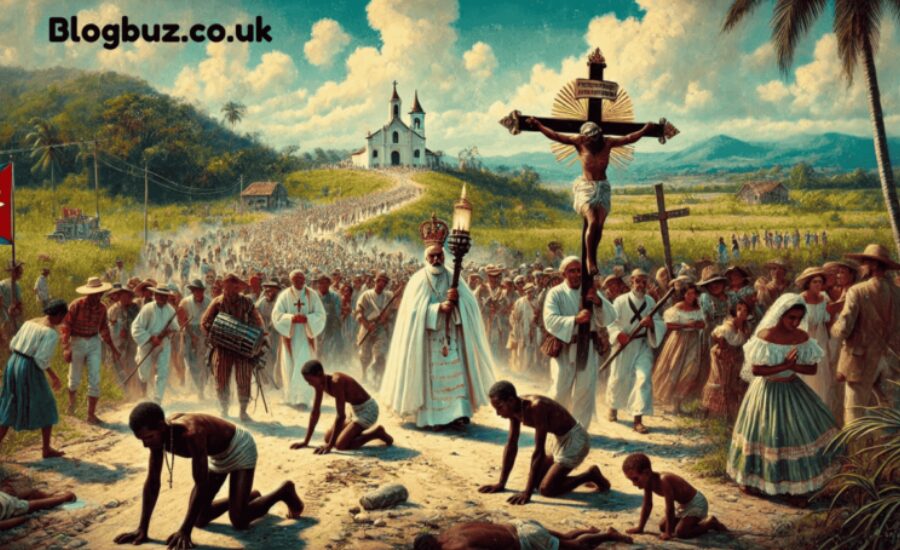
St lazarus abba qui cuban, numerous individuals instantly review the scriptural figure who was supernaturally restored by Jesus Christ. Be that as it may, another critical figure named St. Lazarus, known as Abba Qui, holds significant otherworldly significance inside Afro-Cuban devout hones. This paper dives into the one of a kind verifiable and social perspectives of St lazarus abba qui cuban, analyzing his part and impact inside Cuban society. By investigating his verifiable roots, social significance, and the customs related with him, this think about points to give a comprehensive understanding of St lazarus abba qui cuban and the profound adoration he motivates among numerous Cubans.
What is the Importance of St lazarus abba qui cuban
A striking and typical component of St lazarus abba qui cuban representation is his association with pooches. In Afro-Cuban devout conventions, where St. Lazarus is regularly recognized with Babalu Affirmative, he is habitually portrayed with two steadfast mutts by his side. This symbolism is implanted with profound centrality, speaking to dependability, sympathy, and the respect of persevering suffering.
The consideration of pooches in these portrayals is not just for enrichment; it carries significant typical meaning. These creatures are seen as undaunted companions who stay committed indeed amid times of trouble and marginalization. In this light, the mutts symbolize the thought that each individual, in any case of their hardships or social status, merits sympathy and regard. This resounds unequivocally inside Cuban culture, where pooches are cherished images of dependability and protection.
Furthermore, the affiliation between St. Lazarus and his mutts passes on a broader societal message: the debilitated, the devastated, and the marginalized have inborn esteem and merit to be treated with thoughtfulness and regard. This imagery enhances the understanding of St lazarus abba qui cuban love, highlighting his part not as it were as a healer but moreover as a defender of all who endure. Through this symbolism, St. Lazarus stands as a image of trust and humankind, pushing for the nobility and care of each individual.
An Presentation to Santería

To completely appreciate the part of St lazarus abba qui cuban, it’s vital to to begin with get it Santería, the devout system in which his worship is most conspicuous. Santería, too known as Regla de Ocha, begun in Cuba amid the period of the transoceanic slave exchange. Oppressed Africans brought their Yoruba otherworldly hones to the Caribbean, where they combined with Roman Catholic conventions. This combination made a syncretic religion in which Yoruba divinities, or Orishas, were related with Catholic saints.
In this setting, Babalu Aye—who compares to St. Lazarus in the Catholic tradition—is a key Orisha inside Santería. Babalu Yes is loved as a god of ailment, mending, and protection.
The Combination of Catholicism and Santería in Cuban Culture
The respect for St lazarus abba qui cuban culture embodies a surprising occasion of devout syncretism, where diverse otherworldly conventions interlace to frame a one of a kind and cohesive hone. This mixing is especially apparent in the way Catholic dedication to St. Lazarus combines with the Santería revere of Babalu Yes. This combination not as it were illustrates the adaptability and perseverance of devout hones but too includes a wealthy measurement to the otherworldly encounters of numerous Cubans.
In this syncretic convention, the Catholic picture of St. Lazarus—often depicted as an elderly, slight figure—contrasts with the Santería portrayal of Babalu Yes. Catholic representations regularly appear St. Lazarus in a state of helplessness, reflecting his scriptural story of enduring and supernatural recuperating. On the other hand, Santería holy places display Babalu Affirmative dressed in humble burlap and checked by bruises, frequently inclining on bolsters. This depiction underscores his part as a god related with recuperating and security, highlighting his profound association with those encountering ailment and hardship.
The Affect of St lazarus abba qui cuban on Advanced Cuban Society
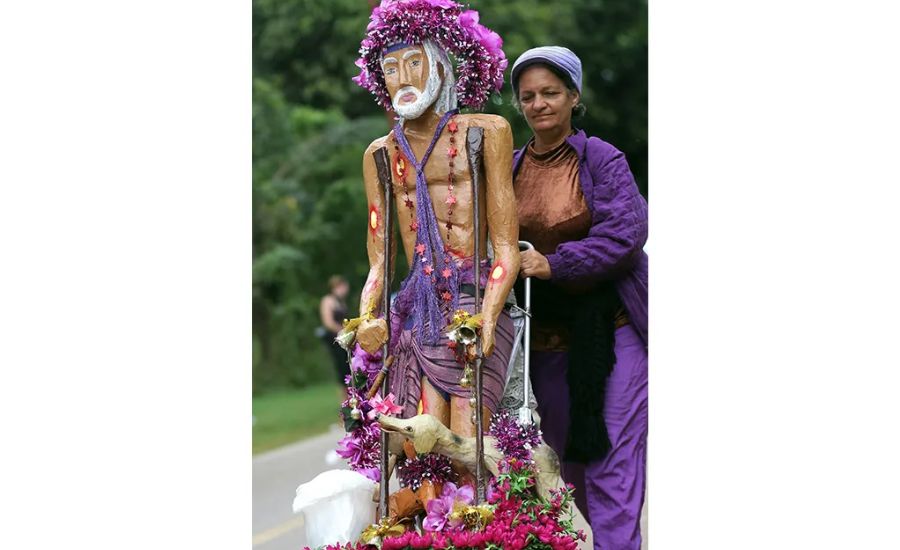
The impact of St lazarus abba qui cuban amplifies past devout dedication, essentially forming Cuba’s social and social texture. His adoration reflects the flexibility, confidence, and trust inherent to the Cuban character, particularly amid times of difficulty. Numerous Cubans look for St. Lazarus’ security and direction, outlining his pivotal part as a source of quality and consolation in their lives.
The Combination of Catholicism and Santería in Cuban Culture
The commitment to St lazarus abba qui cuban embodies a captivating occasion of devout syncretism, where Catholic and Santería conventions blend to frame a unmistakable and significant hone. This union combines the Catholic love of St. Lazarus with the Santería adore of Babalu Affirmative, making a one of a kind otherworldly convention that holds critical significance for numerous Cubans.
This mix is apparent in both custom hones and visual representations. For occasion, Catholic churches regularly show statues of St. Lazarus as a slight elderly man, whereas Santería sacrificial tables ordinarily delineate Babalu Yes in humble burlap articles of clothing, stamped by bruises and utilizing bolsters. Both portrayals carry significant otherworldly noteworthiness and outline the double nature of this venerated figure in Cuban culture.
The Accentuation on Lowliness and Respect
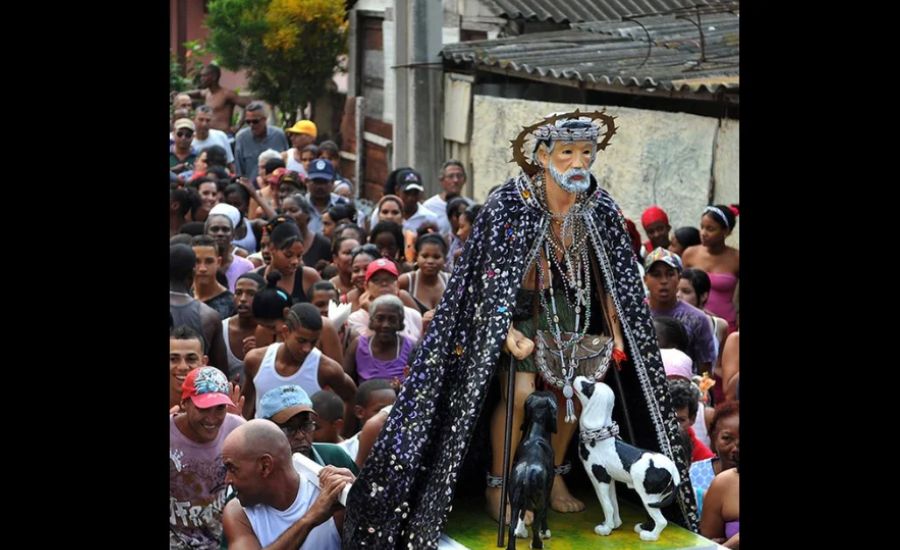
St lazarus abba qui cuban is profoundly loved for his affiliation with lowliness and regard, excellencies that are central to his adoration. Lovers approach him with sincere expectation, looking for his help or assurance, with the conviction that such earnestness will be met with divine favors. This accentuation on lowliness is not one of a kind to St. Lazarus but is a key topic over both Santería and Catholicism. In these conventions, locks in with the divine requires a heart that is unadulterated and eagerly that are true. This guideline underscores the significance of drawing nearer otherworldly hones with regard and veritable veneration, adjusting one’s activities with the values of lowliness and gratitude.
The Affect of St lazarus abba qui cuban on Modern Cuban Society
The impact of St lazarus abba qui cuban expands well past devout ceremonies, significantly forming the social and social scene of Cuba. His love serves as a reflection of the Cuban people’s persevering confidence, flexibility, and trust, especially in the confront of misfortune. Amid challenging times, Cubans turn to St. Lazarus not as it were for otherworldly direction but too for enthusiastic and mental back. His part as a source of quality and consolation is apparent in the broad hones and conventions that honor him. This association highlights how profoundly imbued St. Lazarus is in the texture of Cuban life, symbolizing a source of consolation and soundness in the midst of uncertainty.
St. Lazarus and the Interest of Wellbeing and Healing
In things of wellbeing and recuperation, St. Lazarus Abba Kwi is a conspicuous figure venerated for his mending powers. Aficionados regularly conjure his help for a extend of wellbeing issues, from minor sicknesses to genuine restorative conditions. This conviction in his capacity to give help and mending is profoundly established in the convention, with numerous crediting supernatural recuperations to his mediation. The confidence in his mending capacities is not simply a otherworldly conviction but a unmistakable portion of the community’s approach to wellbeing and wellness.
Beyond the domain of physical mending, the ceremonies and conventions related with St. Lazarus too offer noteworthy enthusiastic consolation and bolster. These hones make a sense of community and shared reason among lovers, giving a strong arrange for those in require. The collective dedication cultivates an environment where people can discover comfort and consolation, strengthening the communal bonds that are central to the love of St. Lazarus.
Celebrations and Social Occasions for St. Lazarus
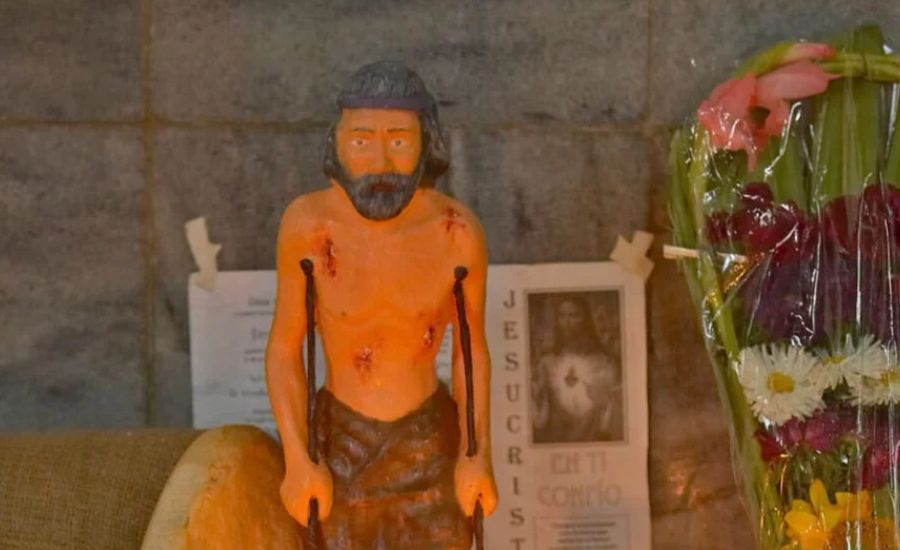
The Devour Day of St. Lazarus is a major social and devout celebration in Cuba, checking an occasion that rises above simple ceremonial recognition. The celebrations include a wealthy embroidered artwork of social expressions, counting music, move, nourishment, and communal get-togethers. This day serves as an vital event for Cubans to reconnect with their legacy, celebrate their confidence, and honor the persevering soul of strength and trust epitomized by St. Lazarus.
During this yearly celebration, the lanes come lively with dynamic exercises, as individuals from different foundations come together to pay tribute to St. Lazarus. The occasion not as it were fortifies devout and social ties but moreover gives a stage for communicating appreciation and veneration. For numerous, the Devour Day is a minute to reflect on the ethics of St. Lazarus and to celebrate the collective quality and solidarity of the community, highlighting the significant affect of his bequest on Cuban culture and society.
Rituals and Hones Honoring St lazarus abba qui cuban
Rituals committed to St lazarus abba qui cuban are dynamic and profoundly inserted in Cuban most profound sense of being. Aficionados regularly set up sacrificial tables embellished with an cluster of offerings counting blooms, candles, and pictures of the holy person. These holy places act as central focuses for supplications and offerings, reflecting the profound love individuals hold for him.
A key celebration happens on December 17th, a day checked by a major journey to the El Rincón holy place, found close Havana. Lovers travel to this sacrosanct location carrying typical things such as crosses and little statues of St. Lazarus. This journey underscores the saint’s significance and the dedication of his followers.
Food plays a noteworthy part in these observances, with numerous planning extraordinary dishes as a sign of appreciation and commitment. These dinners are regularly shared with family and companions, fortifying community bonds and celebrating the saint’s influence.
Animal offerings are moreover a eminent angle of the customs. A few lovers display chickens or other animals as a motion of regard and trust for endowments from St. Lazarus. This hone emphasizes the corresponding nature of the relationship between the aficionados and their respected figure.
Prominent Destinations and Celebrations for St. Lazarus in Cuba

Cuba has a few vital locales committed to St lazarus abba qui cuban, reflecting the significant otherworldly centrality he holds for numerous. One of the most striking areas is the El Rincón hallowed place, arranged fair exterior Havana. Each year, on December 17th, thousands of pioneers visit this hallowed place to take an interest in a fantastic celebration. The occasion highlights holy places filled with offerings of candles and blooms, and the air is lively with conventional music and move, mixing devout commitment with social expression.
Another critical location is the Basilica de Nuestra Señora del Cobre in Santiago de Cuba. Here, numerous admirers honor St. Lazarus nearby the Virgin Mary, outlining the joined nature of these devout figures in Cuban spirituality.
Beyond these major occasions, nearby communities over Cuba lock in in individual customs and celebrations, reflecting person associations to St lazarus abba qui cuban. These nearby hones cultivate a sense of shared confidence and commitment, encourage coordination the holy person into the ordinary lives of his followers.
The Worldwide Impact of St lazarus abba qui cuban Devotion
Though St lazarus abba qui cuban is most closely connected to Cuban devout hones, his impact has expanded well past the island. The Cuban diaspora, especially in cities such as Miami with critical Cuban communities, has carried this dedication to modern locales. In these regions, supporters proceed to honor St. Lazarus with the same fervor and commitment as in Cuba.
This broad love underscores the enduring affect of St. Lazarus and the solid passionate association individuals keep up with him. His subjects of trust, mending, and assurance reverberate profoundly, notwithstanding of geological location.
Connections with Other Devout Traditions
While St lazarus abba qui cuban is mainly related with Santería and Catholicism, there are curiously parallels with other devout conventions. For occurrence, the love of holy people in Catholicism bears likenesses to the revere of gods in Afro-Caribbean religions like Vodou in Haiti. In both frameworks, there is a center on engaging to otherworldly creatures for mediation in human undertakings, counting looking for security, recuperating, and guidance.
This broader association highlights a common human journey for otherworldly back and outlines how diverse societies address this require through their unmistakable devout practices.
Integrating St lazarus abba qui cuban into Your Otherworldly Practice
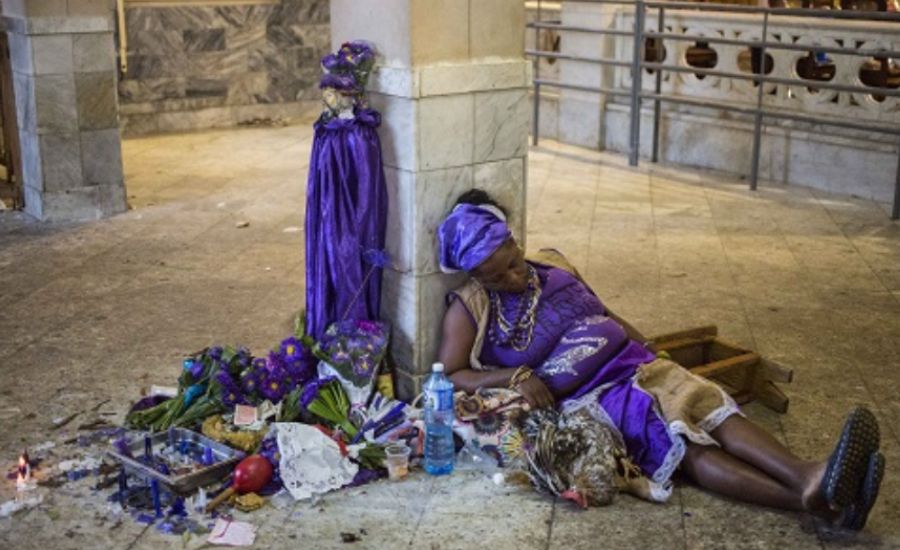
Adorn this zone with pictures or images of St. Lazarus, counting representations of the notorious canine. Improve the space with candles, new blooms, and natural products to make a respectful atmosphere.
Allocate time each week for centered reflection and supplication coordinated towards St. Lazarus. Utilize this time to transparently share your trusts, concerns, and goals, cultivating a more profound individual association with him.
You might too receive particular ceremonies related with St. Lazarus, such as lighting a candle on his devour day or joining in local celebrations if available. Engaging in these practices can help strengthen your spiritual bond.
Including offerings like food or beverages during these moments of devotion can further enrich your practice. These acts of giving become a tangible expression of your gratitude and reverence.
Maintaining consistency in these practices is essential; regular devotion will help integrate St. Lazarus Abba Kwi into the rhythm of your daily life, enhancing your spiritual journey.
Key Insights About St lazarus abba qui cuban
- Syncretic Identity: St. Lazarus abba qui cuban is a special combination of the Yoruba god Babalu Aye and the Catholic St. Lazarus, combining aspects of both cultures.
- Respect: St. Lazarus Abba Kwi is highly revered in Cuban society, especially in Santería, where he is seen as a potent defender and healer, signifying his profound spiritual value.
- Annual Pilgrimage: Thousands of devotees travel to El Rincón shrine every year to pay homage to St. Lazarus, making it one of Cuba’s most significant religious events.
- Religious Fusion: One characteristic of Afro-Cuban religious practices that exemplifies the syncretic nature of these traditions is the mingling of Catholic and Yoruba elements, which is highlighted in his devotion.
St. Lazarus Abba Kwi has a significant role in Cuba’s spiritual and cultural fabric, representing attributes like perseverance, healing, and hope.
Facts:
- St. Lazarus Abba Qui is a pivotal figure in Afro-Cuban spirituality, often identified with Babalu Aye, the Yoruba god of healing and disease.
- Dogs are symbolic in his representations, embodying loyalty and the value of compassion for the marginalized.
- Santería is a syncretic religion that combines Yoruba beliefs with Catholic traditions, where St. Lazarus plays a crucial role.
- The feast day of St. Lazarus occurs on December 17th, marked by a pilgrimage to the El Rincón shrine, attracting thousands of devotees.
- St. Lazarus’ worship transcends Cuba, with significant devotion found in the Cuban diaspora, particularly in Miami.
- His veneration emphasizes themes of humility, respect, and the inherent dignity of all individuals
Summary:
The article explores the significant role of St. Lazarus Abba Qui within Afro-Cuban religious practices, highlighting his historical roots, cultural importance, and the syncretism between Catholicism and Santería. St. Lazarus is often associated with dogs, symbolizing loyalty and compassion, and is venerated for his healing powers. The piece details the rituals, celebrations, and pilgrimages devoted to him, particularly the major feast day on December 17th at the El Rincón shrine, where thousands gather. Overall, the article emphasizes his influence on Cuban society, representing themes of resilience, hope, and community.
FAQs:
1. Who is St. Lazarus Abba Qui?
St. Lazarus Abba Qui is an important figure in Afro-Cuban spirituality, often syncretized with Babalu Aye, the Yoruba deity associated with healing and disease.
2. What do the dogs symbolize in the representations of St. Lazarus?
The dogs symbolize loyalty, compassion, and the inherent value of every individual, particularly the marginalized and suffering.
3. How does St. Lazarus Abba Qui relate to Santería?
In Santería, St. Lazarus is revered as a powerful figure for healing and protection, reflecting a blend of African Yoruba traditions and Catholic practices.
4. When is the major feast day for St. Lazarus, and how is it celebrated?
The major feast day is on December 17th, celebrated with a pilgrimage to the El Rincón shrine, featuring offerings, music, dance, and communal gatherings.
5. What is the significance of St. Lazarus in contemporary Cuban society?
St. Lazarus serves as a source of strength, hope, and communal identity, reflecting the resilience and faith of the Cuban people, particularly during challenging times.
Read More Information About Biography At latestrular
